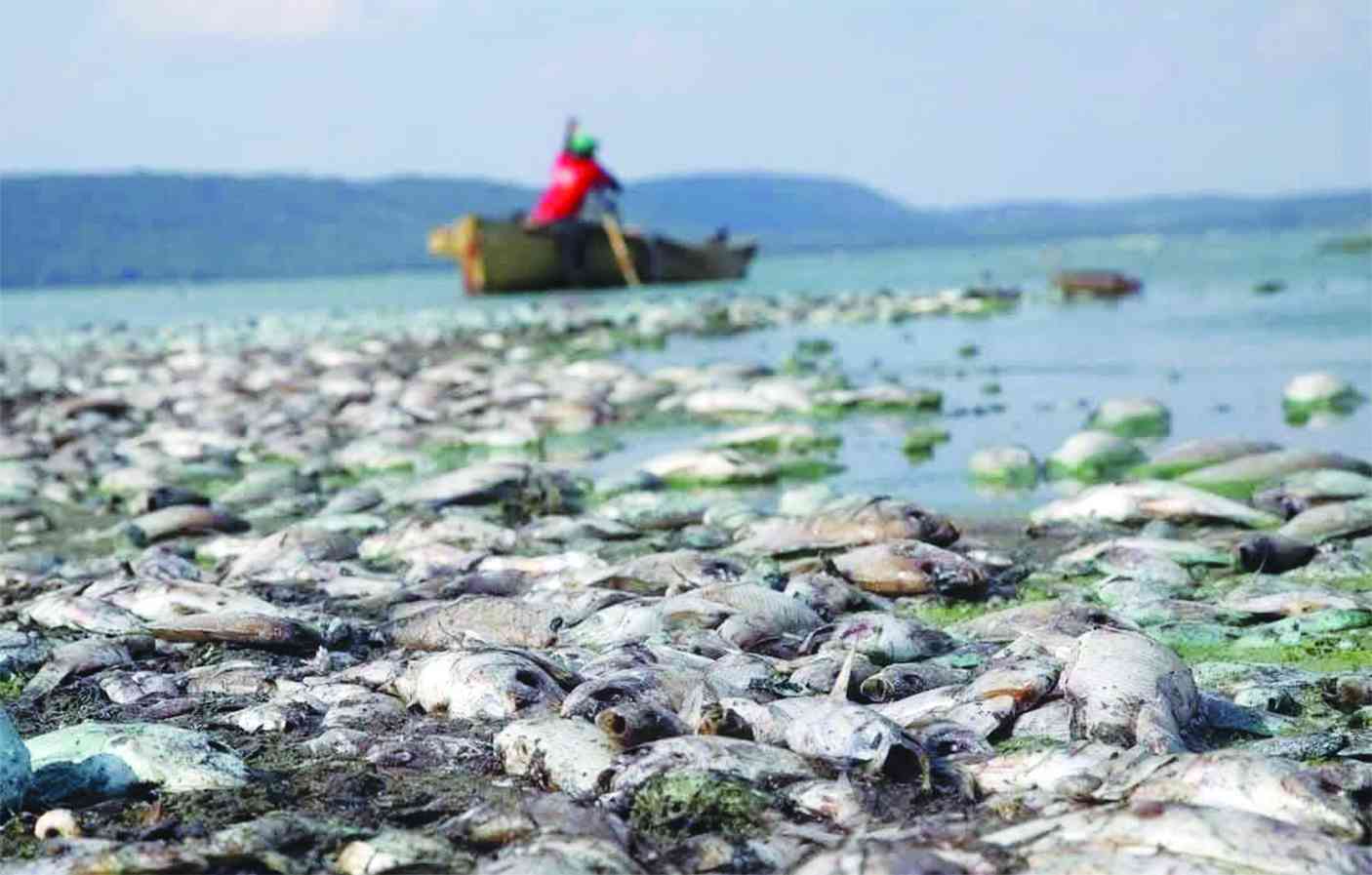
ILLEGAL gold mining in Zimbabwe is driving an environmental catastrophe, with effects that ripple across ecosystems, water sources, and human livelihoods.
From contaminated rivers to degraded wetlands and deforested landscapes, the unchecked pursuit of gold leaves a legacy of destruction. Drawing on extensive data, legal references, and global best practices, this article examines the scale of the crisis, highlights affected areas, and proposes urgent solutions to mitigate the damage.
Environmental impacts
The environmental toll of illegal mining in Zimbabwe is staggering. Riverbed and alluvial mining, often carried out without regulatory oversight, has devastated landscapes across the country.
Deforestation and biodiversity loss
In regions like Murehwa and Marange, forests are cleared to access gold deposits, resulting in habitat loss and diminished carbon sequestration.
This deforestation accelerates climate change and disrupts local ecosystems.
The Zambezi River Basin, home to diverse aquatic species, is also under threat, with pollution and habitat destruction contributing to declining fish populations.
- Gold price to surge as insitutional investors boost allocations
- Russia’s Wagner has ‘footprints in Zimbabwe’
- Bots nabs 2 Zimbos for illegal gold mining
- Chitando loses court battle
Keep Reading
Water pollution
Mercury and cyanide, used in gold extraction, contaminate rivers and streams, posing severe health risks to humans and wildlife. In Matabeleland North, the Umguza River shows mercury levels up to eight times the safe limit. Communities downstream face water shortages and exposure to toxic chemicals, undermining their health and livelihoods.
Wetland degradation and soil erosion
Wetlands, vital for water purification and flood control, are disappearing under the pressure of mining activities.
The Save Valley wetlands and rivers in Chimanimani, such as the Muchira and Chisengo, are particularly affected.
Meanwhile, the removal of vegetation leaves soil exposed to erosion, leading to sedimentation in rivers and reduced agricultural productivity.
Legal challenges and loopholes
Zimbabwe's legal framework has failed to curb illegal mining effectively. In 2014, Statutory Instrument (SI) 92 banned alluvial mining in rivers, offering hope for environmental protection.
However, the introduction of SI 258 in 2018 reintroduced mining under "exceptional circumstances," opening the door to exploitation. Syndicates, often with ties to political elites, operate with impunity, by-passing Environmental Impact Assessment (EIA) requirements and flouting existing regulations. Civil society organisations like the Centre for Research and Development and the Penhalonga Residents and Ratepayers Trust have consistently pushed for stronger enforcement of laws.
Yet, corruption and a lack of transparency in licencing processes hinder meaningful progress.
Communities on the frontlines
The human cost of illegal mining is profound.
In Penhalonga, Odzi, and Chimanimani, residents face water shortages and health risks due to polluted rivers.
Mining encroachment has displaced communities, destroyed agricultural lands, and caused conflicts over resource access. In Chegutu and Kwekwe, dust and chemical exposure have led to respiratory illnesses, further exacerbating public health challenges. Communities are also fighting back. Residents of Penhalonga, for instance, have petitioned authorities and engaged in running battles with illegal miners to protect their properties and rights.
Despite arrests and crackdowns, mining activities often resume within days, highlighting the lack of effective enforcement.
International experiences
Zimbabwe is not alone in facing the challenges posed by illegal mining. Several countries have successfully implemented measures to balance environmental conservation with mining activity, offering valuable lessons.
Formalising small-scale mining
In Peru, the government’s formalisation programme transitioned artisanal miners into legally recognised entities. By offering technical assistance, legal recognition, and incentives for compliance with environmental standards, Peru has reduced illegal mining, particularly in ecologically sensitive regions like Madre de Dios.
Zimbabwe could adopt similar frameworks to integrate artisanal miners into the formal economy while ensuring strict adherence to environmental laws.
Community mining initiatives
Ghana’s Community Mining Scheme (CMS) exemplifies how governments can empower communities while regulating mining. By licencing community-led mining operations and promoting education on sustainable practices, the initiative has fostered local economic benefits while minimising environmental harm.
Zimbabwe could replicate this approach, enabling communities to take ownership of mining while enforcing environmental safeguards.
Leveraging technology
Brazil has revolutionised its fight against illegal mining with satellite monitoring systems. Real-time geo-spatial data helps authorities identify and respond swiftly to illegal activities, particularly in remote areas of the Amazon.
Zimbabwe could invest in similar technologies to monitor vulnerable ecosystems like riverbeds and wetlands, enhancing enforcement efforts.
Transparent permit
Indonesia’s review of mining permits demonstrated the importance of transparency and accountability. By revoking illegal permits and partnering with private and public entities, Indonesia has enforced sustainable mining practices.
Zimbabwe could strengthen its permit system, ensuring compliance with environmental and legal standards through regular reviews and public consultations.
Sustainable solutions
Zimbabwe's path forward lies in addressing the root causes of illegal mining while fostering sustainable practices. Legal reforms, community empowerment, and international cooperation are essential.
Legal reforms
Reinstating the protections of SI 92 and closing loopholes in mining regulations is critical. Strengthening enforcement mechanisms and holding violators accountable through environmental audits and penalties can deter illegal activities.
Transparency in licencing processes and mandatory public consultations for environmental impact assessments (EIAs) would rebuild trust and ensure compliance.
Empowerment
Educational campaigns on environmental and health impacts can equip communities with the knowledge to demand accountability.
Community-based monitoring initiatives, similar to Costa Rica's environmental brigades, can help document violations and support enforcement.
Additionally, providing alternative livelihoods such as ecotourism or sustainable agriculture would reduce dependence on mining.
International cooperation
Collaborating with international organisations and learning from global success stories can provide Zimbabwe with the tools and expertise needed to address illegal mining.
Partnerships can help fund technological advancements, provide training, and develop sustainable economic alternatives for affected communities.
Conclusion
The environmental devastation caused by illegal mining in Zimbabwe is a crisis that demands urgent and coordinated action.
Rivers, forests, and wetlands, along with the communities they sustain, are under threat.
Strengthening laws, empowering communities, and adopting sustainable practices — drawing from international successes — are key to reversing this trend.
Zimbabwe’s natural heritage is not only a national treasure but also a global concern.
By addressing illegal mining head-on, the country can safeguard its environment, protect its people.
It can also reclaim its place as a steward of sustainable development.
The time to act is now, before the scars of mining become irreversible.
- Chikosi, a former director at the World Bank, now serves as an independent director on the boards of prominent local and international companies. With a wealth of experience in global development and corporate governance, he is dedicated to fostering growth, driving sustainable solutions and offering strategic insights into Zimbabwe’s economic challenges and opportunities.










